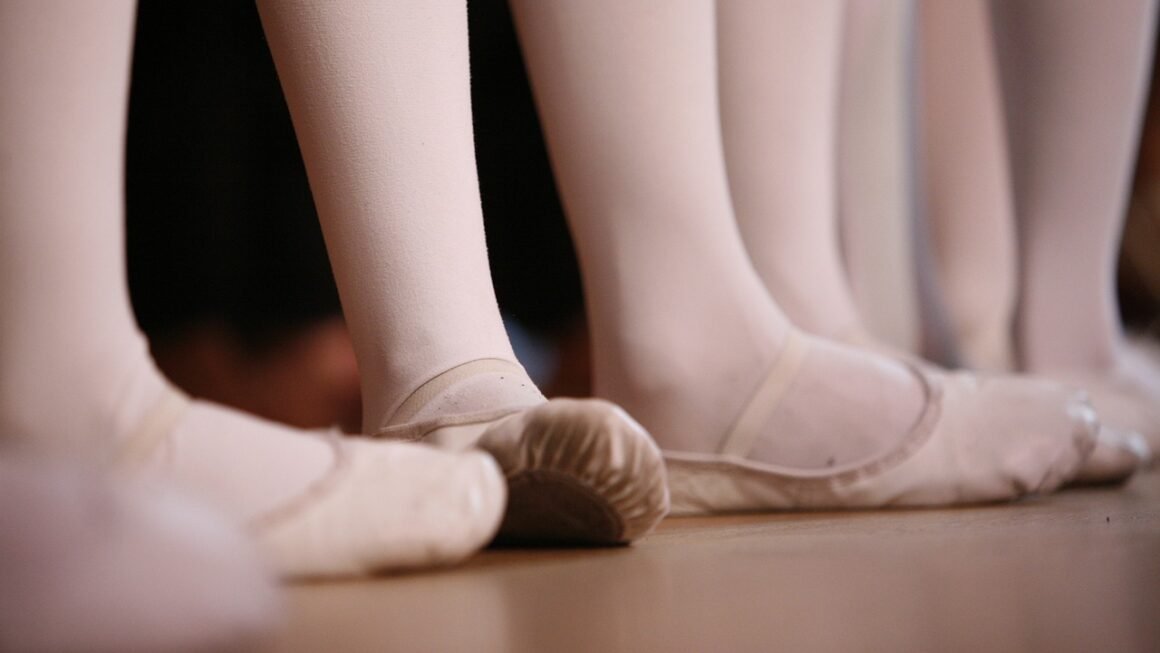Volleyball, a dynamic and engaging team sport, transcends mere recreation. It’s a thrilling combination of athleticism, strategy, and teamwork played by millions worldwide, from casual beach gatherings to elite Olympic competitions. Whether you’re a seasoned player, a curious spectator, or simply looking for a new way to stay active, this comprehensive guide will dive deep into the world of volleyball, covering everything from its fundamentals to advanced strategies.
Understanding the Basics of Volleyball
Volleyball, at its core, involves two teams of six players separated by a net. The objective is simple: score points by grounding the ball on the opposing team’s side of the court while preventing them from doing the same. This involves skillful serving, passing (bump), setting, and attacking (spiking).
The Volleyball Court and Equipment
- Court Dimensions: The standard volleyball court is 18 meters long and 9 meters wide, divided into two equal halves by the net. Each half contains a front zone (attack zone) and a back zone.
- Net Height: The net height varies based on age and gender. For men, it’s typically 2.43 meters (7 feet 11 5/8 inches), and for women, it’s 2.24 meters (7 feet 4 1/8 inches).
- The Volleyball: Official volleyballs are made of leather or synthetic leather and weigh between 260 and 280 grams. Molten and Mikasa are the two most popular brands used at professional levels.
Basic Skills: Serving, Passing, Setting, and Attacking
Mastering the fundamental skills is crucial for success in volleyball.
- Serving: The serve initiates each rally. There are several types of serves, including the underhand serve (beginner-friendly), the overhand float serve (for accurate placement), and the jump serve (most powerful). A jump serve involves tossing the ball up and jumping to hit it with significant force.
Example: A beginner might start with an underhand serve, focusing on accuracy to get the ball over the net.
- Passing (Bump): The bump is used to receive the opponent’s serve or attack. It involves joining your forearms to create a flat platform and directing the ball upward.
Example: Aim to contact the ball slightly above your wrists, bending your knees and extending your legs to generate upward force.
- Setting: The set is typically the second contact, used to position the ball for an attacker to spike. It requires soft hands and precise placement.
Example: Use your fingertips to form a triangle above your forehead and gently push the ball upwards towards the hitter.
- Attacking (Spiking): The spike is an aggressive offensive play aimed at hitting the ball forcefully into the opponent’s court.
Example: Time your approach and jump to meet the ball at its highest point, swinging your arm forward and downward to drive the ball over the net.
Understanding Volleyball Rules and Gameplay
Volleyball has a specific set of rules that govern how the game is played. Understanding these rules is crucial for fair play and strategic decision-making.
Basic Rules of Volleyball
- Rally Scoring: A point is scored on every rally, regardless of which team served.
- Rotation: After winning the serve, the team rotates clockwise.
- Three Contacts: Each team can only touch the ball three times to get it back over the net. A block does not count as one of the three contacts.
- Illegal Contact: Players cannot lift, carry, or throw the ball. It must be cleanly contacted.
- Net Violations: Players cannot touch the net while the ball is in play.
- Out of Bounds: The ball is out of bounds if it lands completely outside the boundary lines.
Common Violations and Penalties
- Double Contact: Hitting the ball twice consecutively by the same player (except during a block).
- Lift: Prolonged contact with the ball, often when setting.
- Foot Fault: Stepping over the service line while serving.
- Back Row Attack: A back-row player attacking the ball from in front of the attack line when the ball is completely above the net.
Game Formats and Scoring Systems
- Match Formats: Volleyball matches can be best-of-three or best-of-five sets.
- Scoring: Sets are typically played to 25 points, with a two-point advantage required to win (e.g., 25-23). The deciding set (if required) is usually played to 15 points, also with a two-point advantage.
- Libero: A defensive specialist who can substitute freely for back-row players. The libero wears a different color jersey.
Developing Volleyball Skills and Techniques
Consistent practice and focused drills are essential for improving your volleyball skills. Here’s how to develop those necessary techniques.
Drills for Improving Passing, Setting, and Attacking
- Passing Drills:
Wall Passing: Practice bumping against a wall to improve control and consistency.
Partner Passing: Pass the ball back and forth with a partner, focusing on accuracy and platform control.
- Setting Drills:
Wall Setting: Set the ball against a wall, focusing on consistency and hand position.
Target Setting: Set the ball to a specific target, such as a designated spot on the court or a teammate.
- Attacking Drills:
Approach and Swing: Practice your approach and swing without hitting the ball to refine your technique.
Hitting Line Drills: Hit the ball over the net to a designated spot, focusing on power and accuracy.
Strength and Conditioning Exercises for Volleyball Players
Volleyball requires a combination of strength, agility, and endurance.
- Strength Training: Focus on exercises that build lower body power (squats, lunges, calf raises), upper body strength (push-ups, rows, overhead press), and core stability (planks, Russian twists).
- Agility Training: Incorporate drills such as cone drills, shuttle runs, and lateral movements to improve quickness and agility on the court.
- Plyometrics: Include plyometric exercises like box jumps, jump squats, and bounding to enhance explosive power.
- Endurance Training: Cardio exercises like running, swimming, or cycling to improve cardiovascular health and stamina.
Advanced Techniques and Strategies
Once you have mastered the basic skills, you can begin to incorporate more advanced techniques and strategies.
- Blocking Strategies: Different blocking formations and techniques can be used to defend against different types of attacks.
- Defensive Systems: Various defensive systems can be implemented to cover the court effectively and minimize gaps.
- Offensive Plays: Different offensive plays can be designed to exploit the opponent’s weaknesses and create scoring opportunities. Examples include quick sets, back-row attacks, and combination plays.
The Benefits of Playing Volleyball
Volleyball offers a plethora of physical, mental, and social benefits that make it an excellent sport for people of all ages and skill levels.
Physical Health Benefits
- Improved Cardiovascular Health: The constant movement and aerobic activity improve cardiovascular health and stamina.
- Increased Strength and Power: The jumping, spiking, and blocking actions build strength and power in the legs, arms, and core.
- Enhanced Agility and Coordination: The quick movements and changes of direction improve agility, coordination, and reaction time.
- Weight Management: Volleyball burns calories and helps with weight management.
- Improved Bone Density: The impact of jumping and landing helps to increase bone density, reducing the risk of osteoporosis.
Mental and Social Benefits
- Stress Relief: Engaging in physical activity helps to reduce stress and improve mood.
- Improved Mental Focus: Volleyball requires concentration and focus, which can improve mental clarity.
- Teamwork and Communication: Volleyball is a team sport that requires cooperation, communication, and trust.
- Social Interaction: Playing volleyball provides opportunities to socialize and make new friends.
- Increased Self-Esteem: Mastering new skills and achieving success on the court can boost self-esteem and confidence.
Conclusion
Volleyball is more than just a sport; it’s a comprehensive activity that enhances physical fitness, mental acuity, and social skills. From understanding the basics and mastering fundamental techniques to developing advanced strategies and enjoying the numerous health benefits, volleyball offers something for everyone. Whether you’re aiming for competitive play or simply looking for a fun and engaging way to stay active, volleyball is a rewarding endeavor worth pursuing. So, grab a ball, gather your friends, and experience the excitement and joy of this amazing sport!



